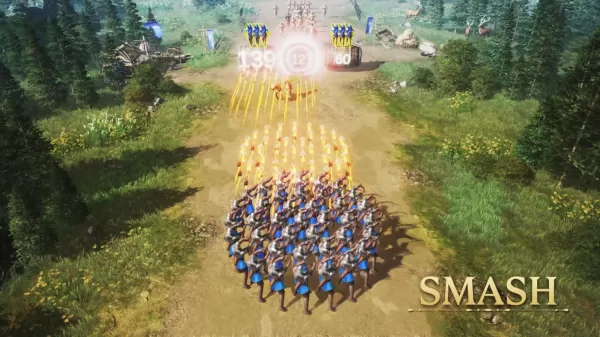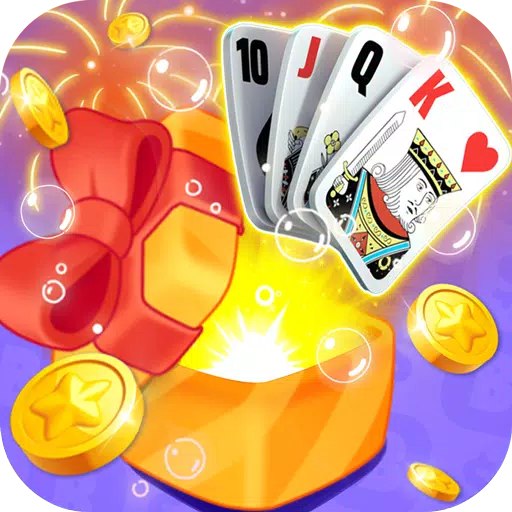The gaming industry has faced significant challenges in recent years, with layoffs, studio closures, and funding issues becoming all too common. Enrique Fuentes, CEO and co-founder of Teravision Games, experienced these difficulties firsthand following the release of their well-received asymmetrical horror game, Killer Klowns From Outer Space. Despite positive reviews, including a 7 from IGN, which praised the game as “as silly and entertaining as the movie that spawned it,” and high viewership for its trailers, Teravision struggled to secure a follow-up project in the tumultuous market of 2024.
Fuentes explained, “As you know, 2024 was a pretty tough year for the whole industry. So it was a little bit slow for us to close our next project.” Despite previous collaborations with major companies like Disney, Nickelodeon, and Xbox, finding the next venture proved challenging. In a bold move to navigate these uncertain times, Teravision turned to Fortnite, utilizing its Unreal Engine for Fortnite (UEFN) platform. In less than a year, they successfully launched three UEFN games, with their latest release, Courtyard King, debuting today.
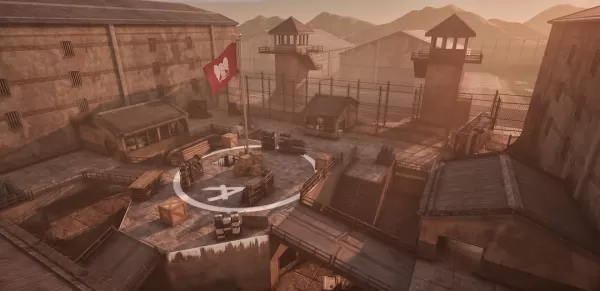
Courtyard King, developed in collaboration with Skybound, the company co-founded by The Walking Dead creator Robert Kirkman, is a King of the Hill style multiplayer PvPvE game set in the iconic prison location from the series. Utilizing official assets released for UEFN, including character models of Rick Grimes, Negan, and Daryl Dixon, the game also features a story and dialogue crafted with the help of Skybound’s writers. This project represents a significant shift from the multi-year development cycle of Killer Klowns From Outer Space to a more agile approach, allowing Teravision to create engaging content in weeks or months.
Fuentes highlighted the unexpected path that led them to UEFN, saying, “We have worked with big brands in the past… and UEFN was something that we were experimenting with… but we never imagined that was going to be the root where we’re going to be engaging with a company like Skybound. But I mean, UGC, it’s one of the biggest things in gaming right now.” User-generated content (UGC) has become a major trend in gaming, driven by platforms like Fortnite and Roblox. Teravision’s pivot to UEFN allowed them to leverage their engineering expertise and manage risk effectively.
One of Teravision’s successful UEFN ventures is Havoc Hotel, a roguelike shooter where players progress through hotel levels, using earned currency to upgrade their weapons. The first Havoc Hotel was a modest success, paving the way for subsequent releases, with Havoc Hotel 3 now being one of Fortnite’s most popular games.
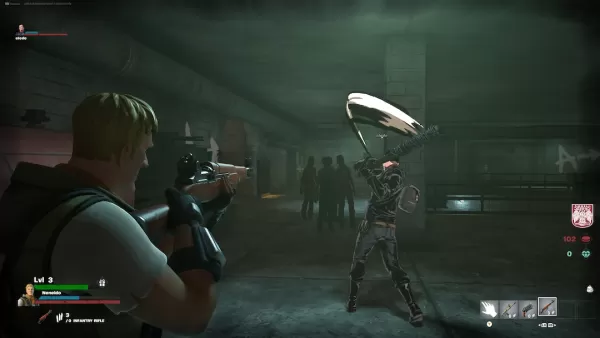
Teravision’s game designer, Martin Rodriguez, noted that transitioning from Unreal Engine to UEFN was seamless for the team, given their prior experience. “For us, it just removes some of the work that we would’ve done otherwise and allows us to focus on just making better games and explore different new creative ideas,” Rodriguez said. The streamlined systems and “drag and drop” processes of UEFN enabled the studio to concentrate on innovation and quality.
However, the game design team faced unique challenges with UEFN. Teravision’s creative director, LD Zambrano, observed that UEFN games differ significantly from traditional games. “A traditional experience we have had designing other [non-UEFN] games is where players relate through objectives that entice cooperation and competition, right?” Zambrano explained. “In [UEFN’s] case, we have found that even though those objectives are still relevant and we still can use that game design sensibility and bring them there, I found that there are a lot of experiences that are very popular within the Fortnite ecosystem that are kind of just context.”
Zambrano likened UEFN games to playground interactions, where players create spontaneous, often nonsensical games that foster engagement and friendships. This approach is evident in Courtyard King, designed as an infinite game without a final winner. Players can join and leave matches at will, switch teams, and engage in dynamic, ever-changing scenarios that reflect the unpredictability of The Walking Dead universe.
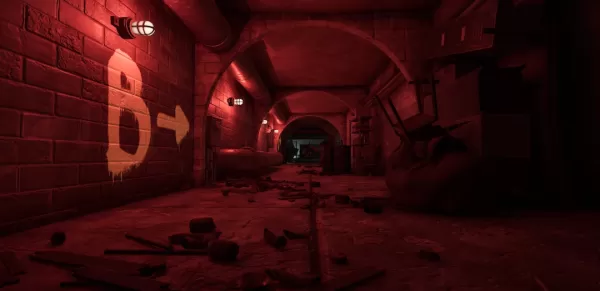
Fuentes sees this model as a promising future for indie developers. “We can actually assume the risk as an indie developer in [UEFN]. Because last year, we couldn’t even think about starting a three-year project. We could do something in a few weeks with a smaller team and that completely changes the paradigm for a new developer. This is now a viable model where you can actually support an 80 person studio like we do, and we can assume the risk,” he said. “It’s something that if you have the right ideas, the right creativity around it, if you understand the market well enough and you have the right thinking, execution becomes possible and it doesn’t take years, it actually takes weeks, maybe months. I think this is a dream come true for indie developers.”

